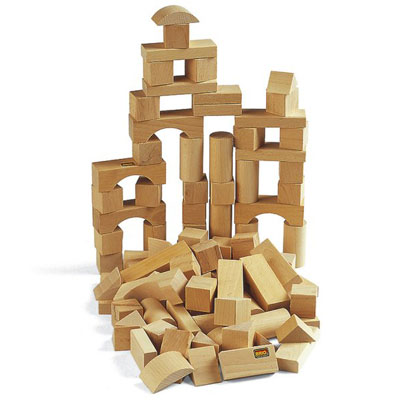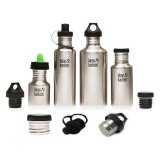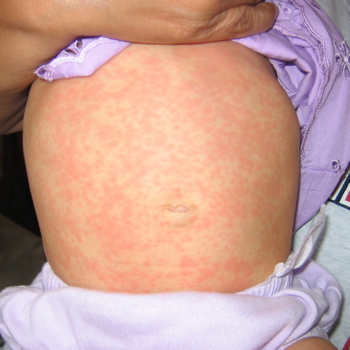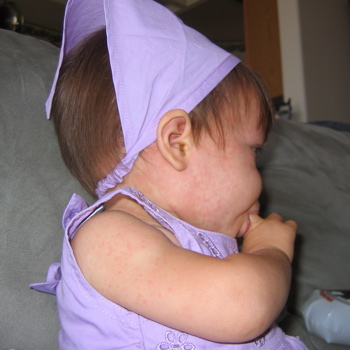Creating Your Babysitter Handbook
I recently hired two regular sitters for my kids when the fall semester starts up. We’ve
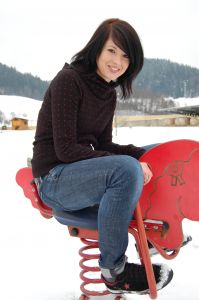 always relied on family members to babysit for us, so this will be the first time we are trusting our children in the hands of non-family. This will also be the first time that I am regularly away from my children. Due to this upcoming change, I put together a handbook for our babysitters. When I was a babysitter, I would have LOVED it if my families left me with a handbook like this! I babysat for many years as a teenager and it was very hard to remember all of the last minute instructions parents left me as they were kissing their children goodbye. I can’t expect that a babysitter is going to remember when bedtime is, what to feed them for dinner, whether they need to bathe Susie first or give her a bottle first, etc…
always relied on family members to babysit for us, so this will be the first time we are trusting our children in the hands of non-family. This will also be the first time that I am regularly away from my children. Due to this upcoming change, I put together a handbook for our babysitters. When I was a babysitter, I would have LOVED it if my families left me with a handbook like this! I babysat for many years as a teenager and it was very hard to remember all of the last minute instructions parents left me as they were kissing their children goodbye. I can’t expect that a babysitter is going to remember when bedtime is, what to feed them for dinner, whether they need to bathe Susie first or give her a bottle first, etc…
I opened up my word processor and got to typing! For those of you who are crafty, I could totally see the handbook being done in a cute scrapbook style! Mine is in a cheap, navy blue folder with prongs. Some of this may be excessive, however I would rather be over-prepared than under-prepared.
So, what’s in my handbook?
Contact information
- Our full names
- Our home address and phone number
- Our cell phone numbers and my husband’s work phone number
- Emergency contact (Grandma) home/cell/work numbers
Rules
- I listed my children’s basic no-no’s (climbing on table, hitting each other, etc…)
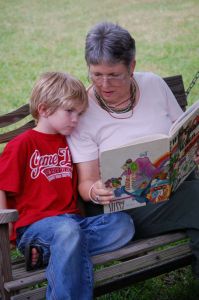
- I gave basic household rules (no shoes on in our house, our policy on television, etc…)
- I gave the babysitter basic rules as well (keep stair gate and bathroom doors shut at all times, no smoking, guidelines on having visitors over, etc…)
Special instructions
- Potty/Diaper instructions-I listed where diapering materials are kept and instructions on what to do with dirty diapers. I also gave instructions on where the kids are at in potty training and instructions on when to let them sit on the potty.
- Outdoor instructions-I gave instructions on outdoor play. I asked that the sitter check for fire ants and check with me before hand if they wanted to play in the pool. I mentioned where the wagon is kept and other quick notes about outdoor play.
- Mealtime instructions-I noted where mealtime accessories are kept and a few notes about mealtime with my children.
- Bedtime instructions-I mentioned their nap schedule and bedtime routine. I most importantly noted that Darah must have her lovey for bedtime to be successful!
- Discipline instructions-I explained our discipline strategy with our children, located time-out and the buzzer for them, and explained which offenses deserved a time-out. I also explained redirection when time-out was over and what I expected from each child after time out (apology, hug, etc…)
List of foods
- I basically just listed the foods my children will eat so they don’t have to guess what to feed them if they need a meal or a snack.
Medical information
- I gave a complete list of all of our medical providers and specialists, including their addresses and phone numbers. This has been a handy list for myself!
- I typed up each child’s full name and their birthday and indicated if they have allergies and typed up the medications they are on. I also typed up their health issues, including a list of all surgeries and medical procedures and dates.
- Health insurance information, including copies of our insurance cards.
- Darah and Connor both carry a special card indicating their need for an antibiotic in case of an emergency due to their heart defects. I copied these for our babysitters.
More resources for creating a babysitter handbook:
Children’s Safety Zone Guide for Babysitters
Checklist for Preparing a New Babysitter
A Babysitter’s Guide to Babysitting for a child with diabetes
Printable Babysitter Checklist
What else would be beneficial in a babysitter handbook?
Share the fun: Email + Del.icio.us + Digg + Technorati




